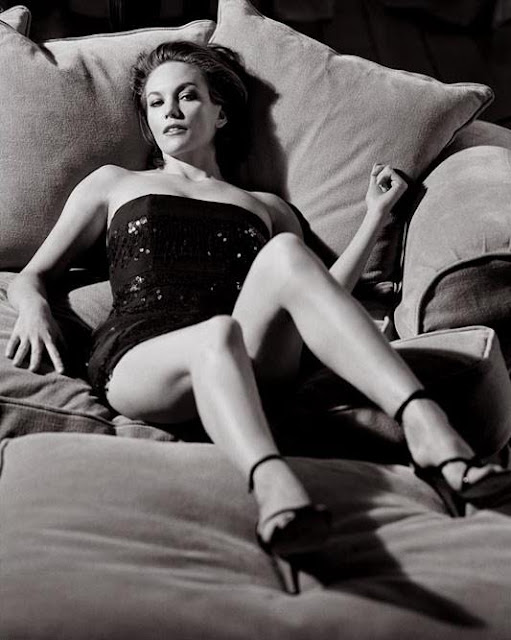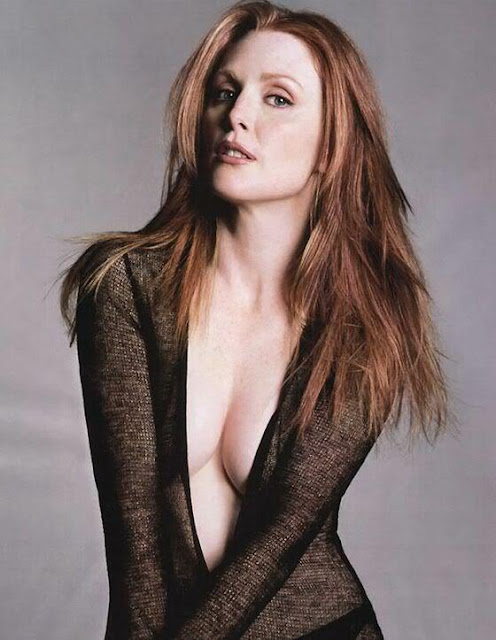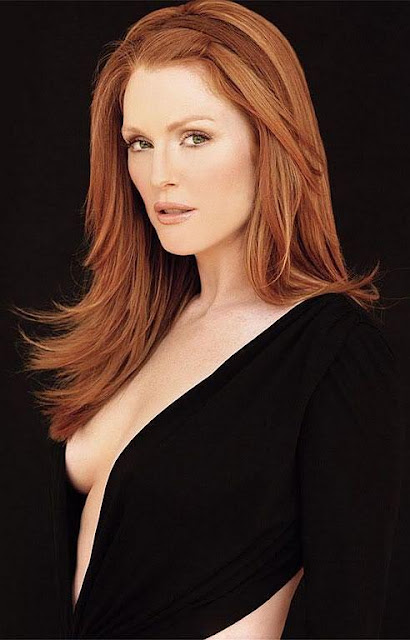|
|---|
Thursday, December 31, 2009
Wednesday, December 30, 2009
Tuesday, December 29, 2009
To see the following video you should enlarge it (double-click once playing).
The above is a compilation of works by the Swiss artist Zimoun.
1. Funny, one keeps telling oneself, enough of the minimal already, somehow feeling that less is a bore should be embraced, and the outrageously overflowing art of the recent years - appreciated and encouraged. And then, something like this appears, and it's irresistible. We've seen things from this universe before, also on this blog, and yet, the simplicity, yes, the damn purity takes over again.
2. I had a chance, recently, to visit several large factories. There were wonders there that could probably match most of the things on this video. Yet there was one thing they couldn't do: be useless. It's the sheer uselessness of it that gives it the power. We are not attached to anything but the thing. Art as the thing-that-cannot-be-used? Not necessarily, not in some purist sense. Great industrial design is to be cherished. And yet, there is a level of insanity here, of out-of-this-world-ness, that takes us to an exotic land, allowing for the silliest and most delicious connections to be made.
3. Luxury requires waste. A truly luxurious lifestyle is one where perfectly good things get wasted, as if to outplay their natural use and dying away. The true master of luxury seems to be saying her opulence is so great, the very perseverence of things is no match - they lose their original function and only exist to the extent they are participating in this out-of-this-world-ness of luxury.
You know what I'm aiming at? Here's the hypothesis:
4. This, this minimalist joyful pleasure-making, is the true luxury. Not the apparent richness of the new complexities. In the world of useless purity, everything only serves the joy of simple aesthetic pleasure. More complex works are not quite like that - they have an inner game to play. The elements enter a dialogue, start relations and societies, with their conflicts and functions and disruptions. Here, there is only the ping of a shot of pleasure. This engine moves nothing. It is here to make me smile (or bring inspiration, or scare) - and I turn it off as soon as I have. And don't be mistaken - if I had one of those and got bored with and could afford it, it would go to waste.
4a. Ah, you might say, but the truly great art is one we don't get bored with. Possibly. Yet how often do we actually go back to contemplate (not just think about or admire or analyze) a work of contemporary "minimalist" art? Does it mean it's because it's not that great? What if it's about something else? What if it is an element of luxury, a game we play with ourselves, to feel the exquisite taste of the sophisticated dish, and then to ditch it as soon as we're fed up? It wouldn't be a question of bluff, of fakeness, of shallowness. It would be a question of use. Of why we crave it, this new. Of how we make it useful after all.
 David Foldvari, Wrestler
David Foldvari, Wrestler
(via)
Sunday, December 27, 2009
Saturday, December 26, 2009
 Gabriel Cornelius von Max, Monkeys as Judges of Art (1840)
Gabriel Cornelius von Max, Monkeys as Judges of Art (1840)
(I'm the small one watching the work, the one in the middle, whose profile can be seen behind the bent knee)
Labels: funny, painting/photo
Thursday, December 24, 2009
Labels: Actress, Bollywood, Indian, Kareena Kapoor
Monday, December 21, 2009
Brittany got a role on one of the early Fox network's parade of disposable series, Drexell's Class with soon-to-be American Pie star, Jason Biggs.
Their first steps in movie industry after short-run TV shows, was Tai Fraiser, Clueless.

Labels: Brittany Murphy


 The Minimum Wage Machine (work in progress), by Blake Fall-Conroy
The Minimum Wage Machine (work in progress), by Blake Fall-Conroy
The minimum wage machine allows anybody to work for minimum wage. Turning the crank will yield one penny every 5.04 seconds, for $7.15 an hour (NY state minimum wage). If the participant stops turning the crank, they stop receiving money. The machine's mechanism and electronics are powered by the hand crank, and pennies are stored in a plexiglas box.
Contrary to some other art experiments on work (I'm thinking of some of Santiago Sierra's early projects, but had I any memory, I'm sure a dozen other works would come to my mind), this, here, is not about objectifying labor. It takes the paradox of work-as-product in a somewhat different direction. If there is a minimum wage, any job should be paid the minimum wage. So turning the handle should actually always give you this result.
You can read a technical description of how it was constructed (didn't understand half of it) here.
Labels: sculpture
Sunday, December 20, 2009

I have no idea concerning the origins of the above.
UPDATE: It is The Cyclops by Jaime Pitarch (2002)
Thank you Claudia!
Labels: design/architecture, funny
Saturday, December 19, 2009
Labels: Actress, American, hollywood, Julianne Moore
Friday, December 18, 2009
Labels: Ujjwala Raut























































